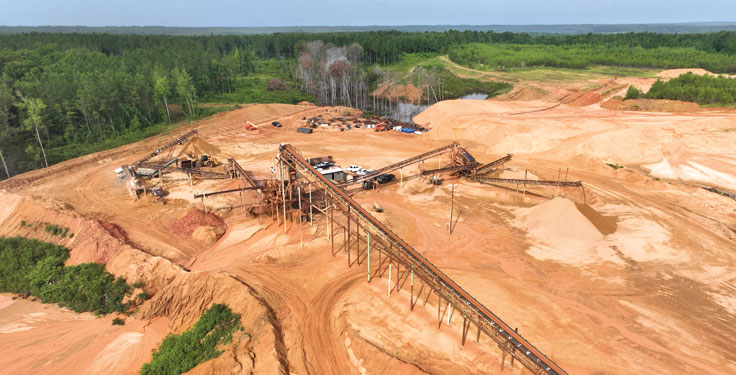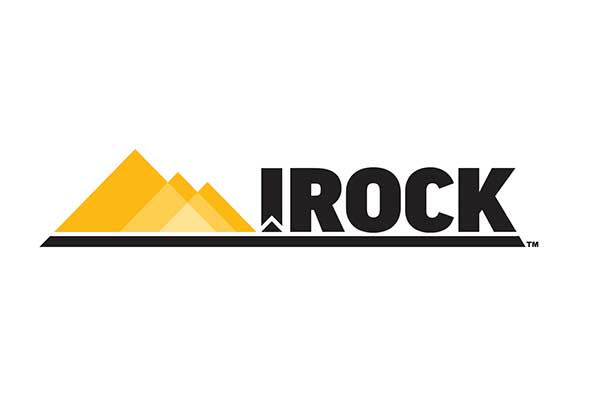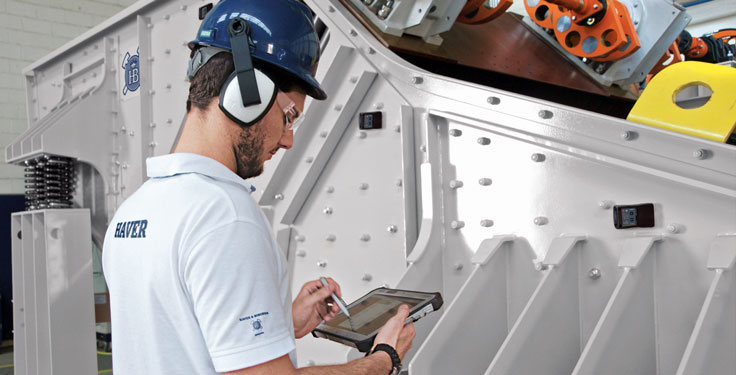In the last few years, Hammett Gravel’s aggregate volumes have tripled compared to the company norms of the last quarter century. Investments in new plants have a lot to do with that.
“During the transition we brought in several consultants to help me navigate the buyout of my business partners,” Tripp says. “A longtime industry expert made a comment that really resonated with me because it was so true: Even though Hammett Gravel is an [83]-year-old organization, it’s like we were a start-up in some ways following the acquisitions that were completed after I bought out my partners.”
Following those efforts, Hammett Gravel now has four wash plants and two crushers operating at brand-new sites.
“2023 was a real stabilization year for us,” Tripp says. “It was figuring out all our new systems with new plants. It was a year of really setting ourselves up for consistency and massive success in 2024 because of the additional operations. We have a lot of new facilities that we were trying to figure out.”
Two of the company’s wash plants and a crusher are in Coxburg, Mississippi. The others are in Crystal Springs, Mississippi.
Still, Hammett Gravel wasn’t solely focused on plant investments over the last few years.
“We’ve also spent the last 12 months really investing in our mobile fleet,” Tripp says. “Our entire mobile fleet is new. We got rid of the old, and our fleet is now one of the highlights of Hammett Gravel. Part of the reasoning for this upgrade is that we feel that attracting top talent is vital, and we want to put our people on the best equipment.”
Put another way: The transformation of Hammett Gravel is about making operations more sophisticated.
“‘Sophistication’ is the keyword that we’re trying to use,” Arnemann says. “You want to emulate people who are successful. Successful companies – our competition and our customers – are raising their levels of sophistication, technology and efficiencies. If we want to be able to keep up with our customers and compete with our competition, we have to raise our level, or we’ll fall behind.”
Market perspective
According to Arnemann, part of the drive to change at Hammett Gravel is based on what’s transpiring within the company’s Mississippi markets.
“Tripp had to make adjustments to fit changing industry needs,” Arnemann says. “There have been influxes of federal and state infrastructure money. Historically, the business has been primarily ready-mix driven, but there’s a lot of asphalt work that’s been coming down the pipeline. Adjustments had to be made by top-level management here to fit those changing needs.”
Now, Tripp says Hammett Gravel has a healthy balance of customers in asphalt and ready-mixed concrete. The combination presents growth opportunities for the business, he adds.
“I think we live in a market where everybody has plenty of work to do,” Tripp says. “We all have our clientele, and I can say in my professional opinion that nobody is really bothering anybody from an aggregate standpoint. The asphalt and ready-mix world is probably different, but we’re staying in our lane.”
Hammett Gravel’s connection to Hammett Development, a real estate company, has also served to benefit Hammett Gravel.
“We are vertically integrated with a development company called Hammett Development that my father owns with his partner Heyward Green,” Tripp says. “We work in tandem. They’re the real estate guys, and then we’ll come in and mine the gravel off the land. We do lease from private individuals, but we’ve created a structure where we have a vertical integration.”
For Tripp, the pieces are coming together to shape Hammett Gravel for the coming years.
“We have new management,” Tripp says. “Michael is new. It’s been a lot of fun. We have new life, a new culture and new things that we’re doing. We feel like we’re really taking better care of our clients. We used to produce as much gravel as possible just to sell the gravel. Now, we’re honing in on our clients’ needs and, thereby, better able to take care of them.”












